O que é a ovulação? Aqui está o que você precisa saber
Saiba o que é a ovulação, quando acontece, seus sinais comuns e por que é importante para a gravidez, a fertilidade e a saúde reprodutiva.
Você está enfrentando uma gravidez não planejada, buscando formas de contracepção ou precisando de atendimento para abortar?
O nosso blog está aqui para te empoderar, fornecendo todas as informações e apoio necessários! Same: Aproveite esses artigos sobre aborto fáceis de ler sobre aborto seguro, descubra histórias reais de pessoas como você e conheça as dicas e conselhos mais recentes de especialistas em relação ao melhor uso de pílulas abortivas como a Mifepristona e o Misoprostol. Se você está à procura de respostas ou apenas de alguma orientação sobre aborto com medicamentos, o nosso blog tem tudo para te ajudar a fazer as melhores escolhas e ganhar confiança ao longo da sua jornada.
Aproveite esses artigos sobre aborto fáceis de ler sobre aborto seguro e conheça as dicas e os conselhos mais recentes de especialistas.
Saiba o que é a ovulação, quando acontece, seus sinais comuns e por que é importante para a gravidez, a fertilidade e a saúde reprodutiva.

Descubra o que realmente significa saúde reprodutiva, além da biologia. Saiba como ela protege seu corpo, seus direitos e seu futuro.

Vomitou após tomar a pílula abortiva? Saiba quando isso pode afetar o resultado e o que fazer para garantir um aborto seguro e eficaz.

Veja como a Miss Mundo Filipinas 2025 fortalece as mulheres promovendo saúde reprodutiva, planejamento familiar e escolhas informadas

Explore os diferentes tipos de contraceptivos, entenda o planejamento familiar e aprenda a tomar decisões seguras. Encontre apoio aqui.
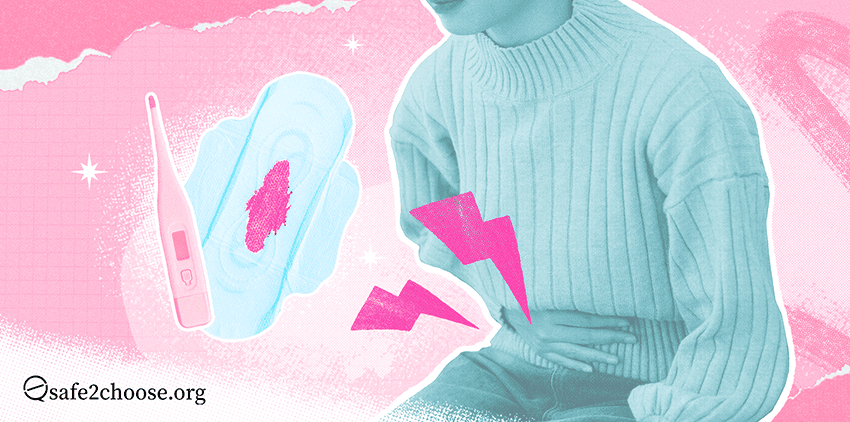
Descubra os sintomas comuns após um aborto com pílulas e quando procurar ajuda médica. Obtenha orientação especializada aqui.
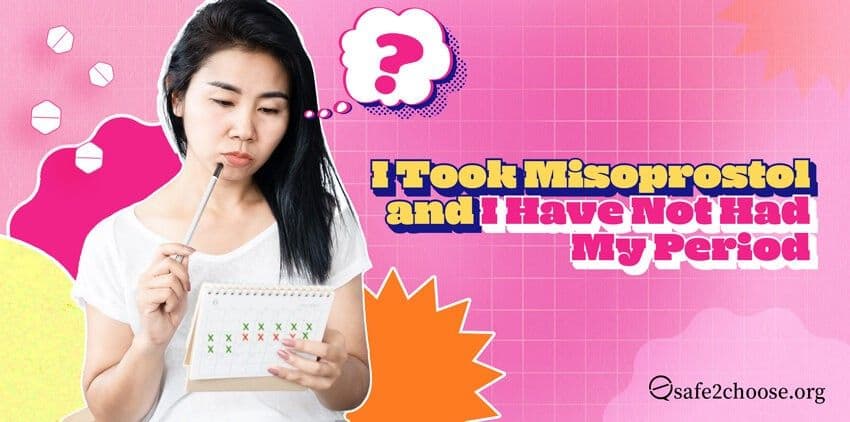
Aprenda sobre os efeitos do Misoprostol nos ciclos menstruais. Descubra o que esperar depois de tomar o Misoprostol e como ele funciona.
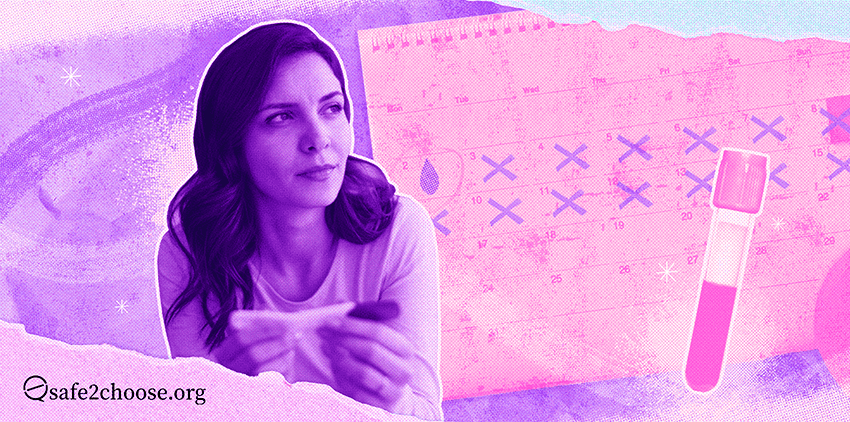
Acha que pode estar grávida? Saiba quando fazer um teste de gravidez, como funciona, sinais iniciais e os próximos passos.

Compare os métodos de aborto medicamentoso e cirúrgico. Saiba como funcionam e escolha a opção mais segura para a sua saúde.
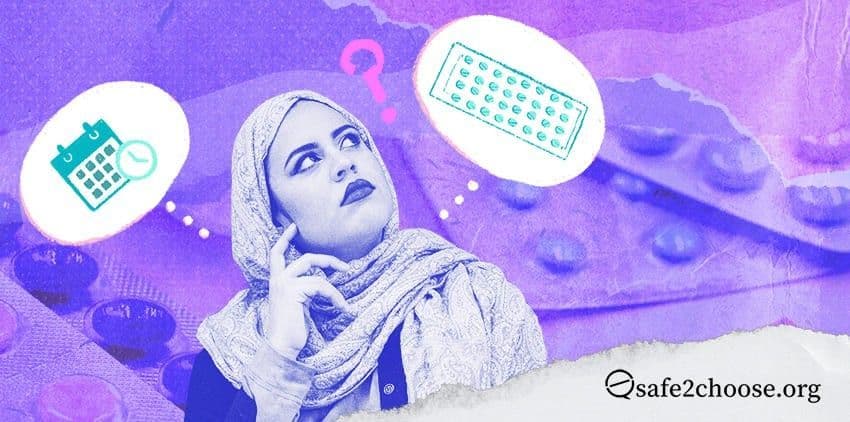
Saiba quando é seguro ter relações após começar a tomar a pílula. Entenda o tempo, os tipos e os efeitos colaterais, e como se proteger.
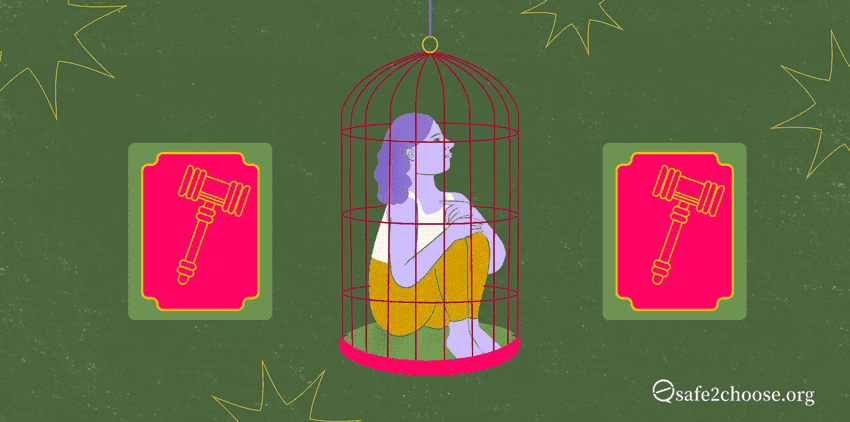
Descubra as últimas atualizações sobre o aborto no Brasil, incluindo o status legal e as estatísticas de aborto. Saiba mais sobre o movimento Onda Verde aqui.
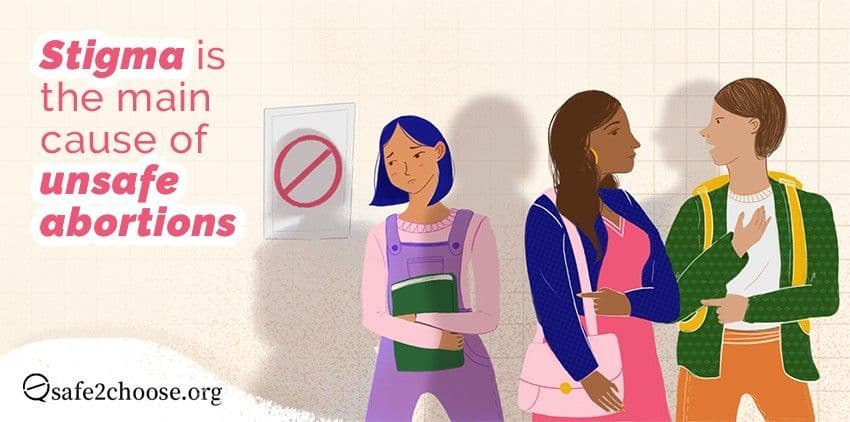
O estigma contra o aborto é prejudicial às pessoas que precisam de um aborto e está relacionado ao aumento de abortos inseguros.

Saiba como interromper uma gravidez com segurança. Conheça pílulas, procedimentos e apoio em contextos restritivos.
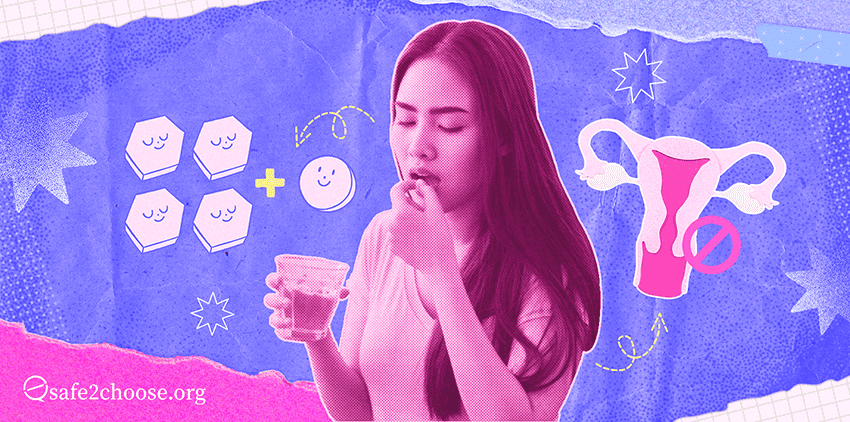
Descubra o aborto com medicamentos nas Filipinas, como usar as pílulas abortivas com segurança e informações legais aqui
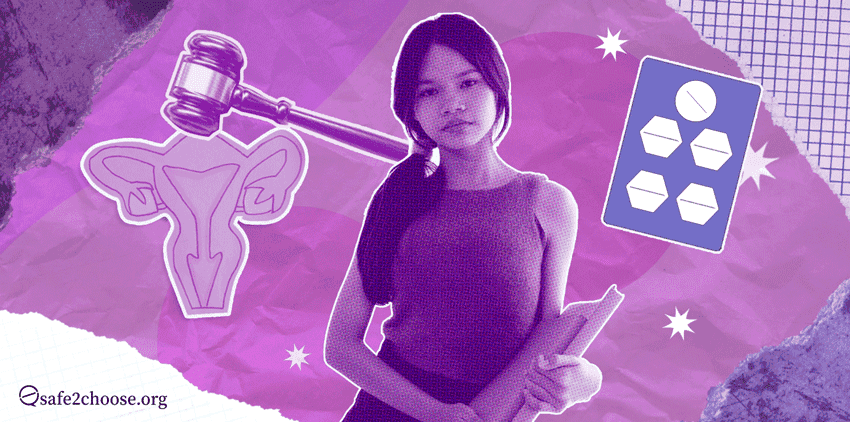
O aborto é legal nas Filipinas com 1 mês? Descubra opções seguras, pílulas abortivas, riscos legais e como obter suporte confidencial
View 1 - 15 of 25
Entre em contato.
Não precisa pensar duas vezes para entrar em contato conosco. Se você está em busca de mais informações ou se não encontrou o que procurava, entre em contato com a gente através da nossa página ou dos nossos canais de comunicação para aconselhamento.
